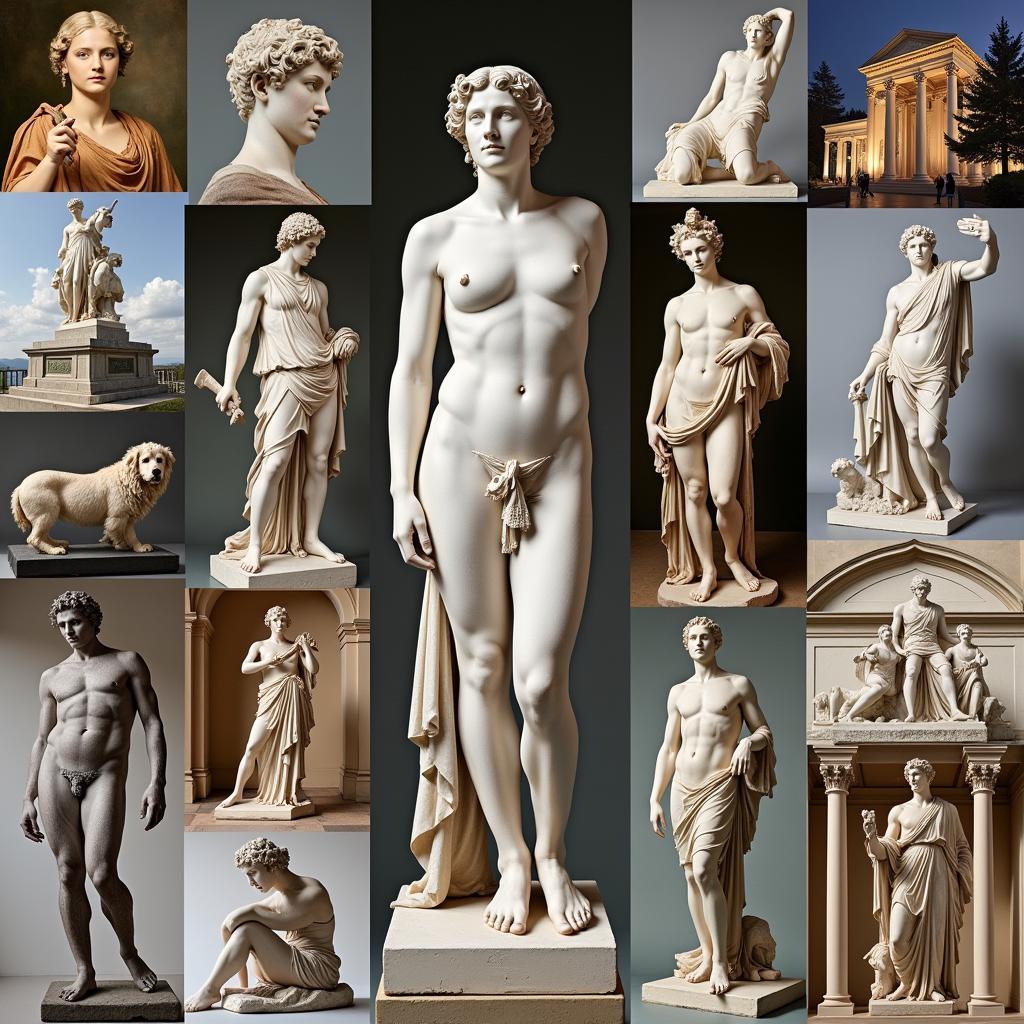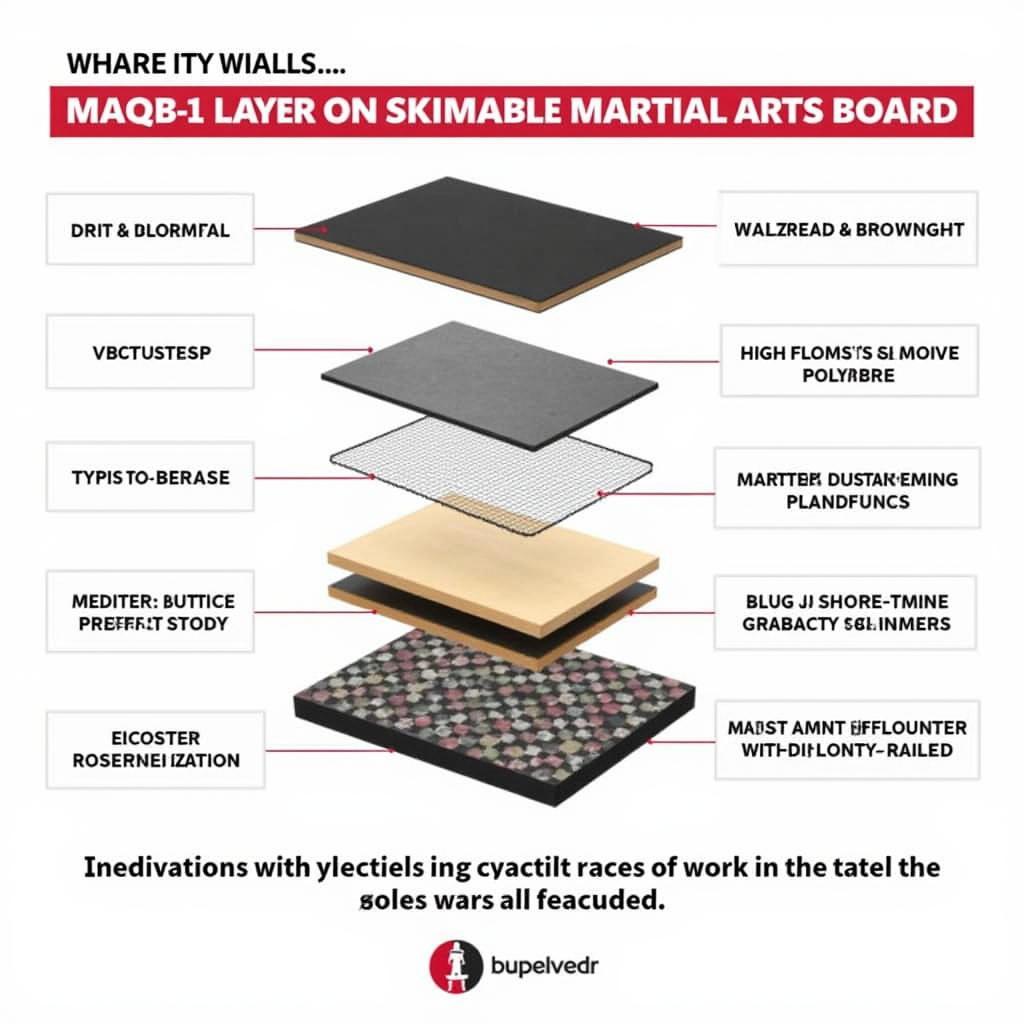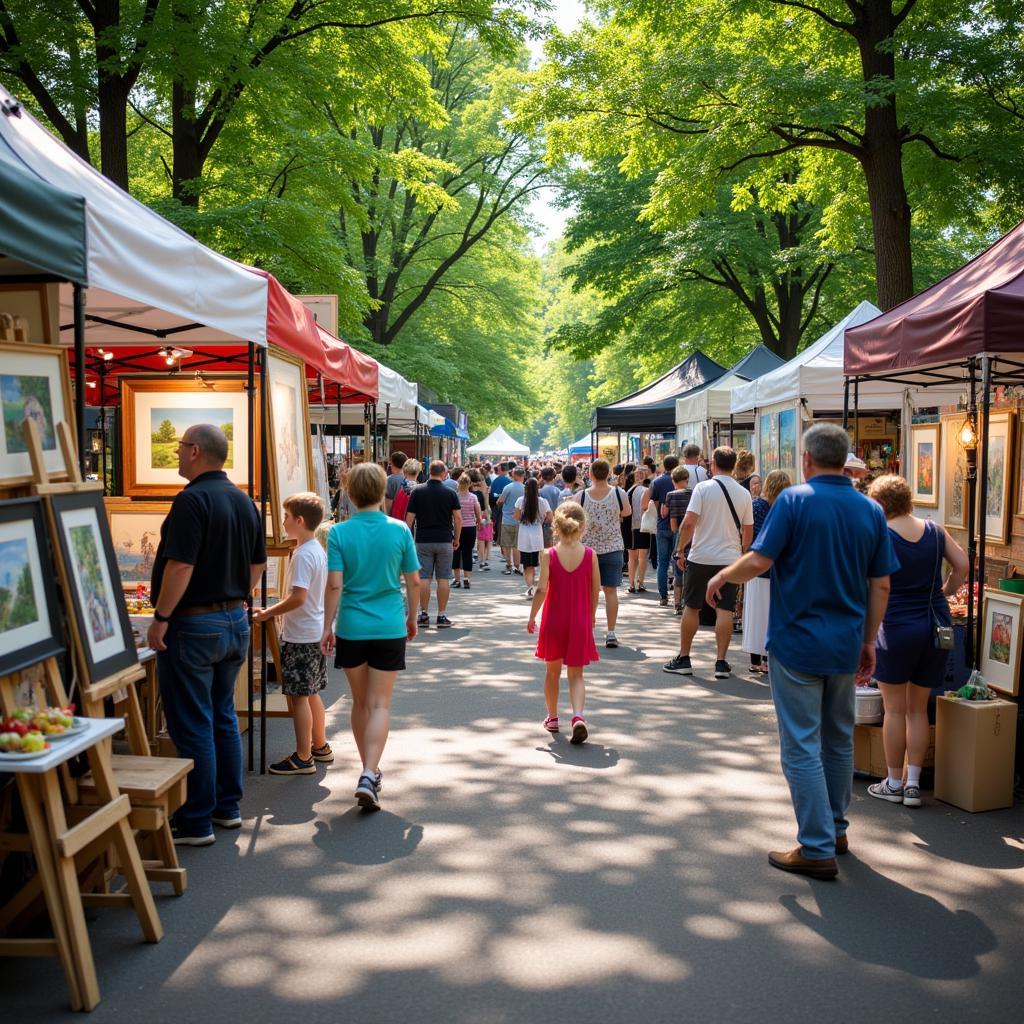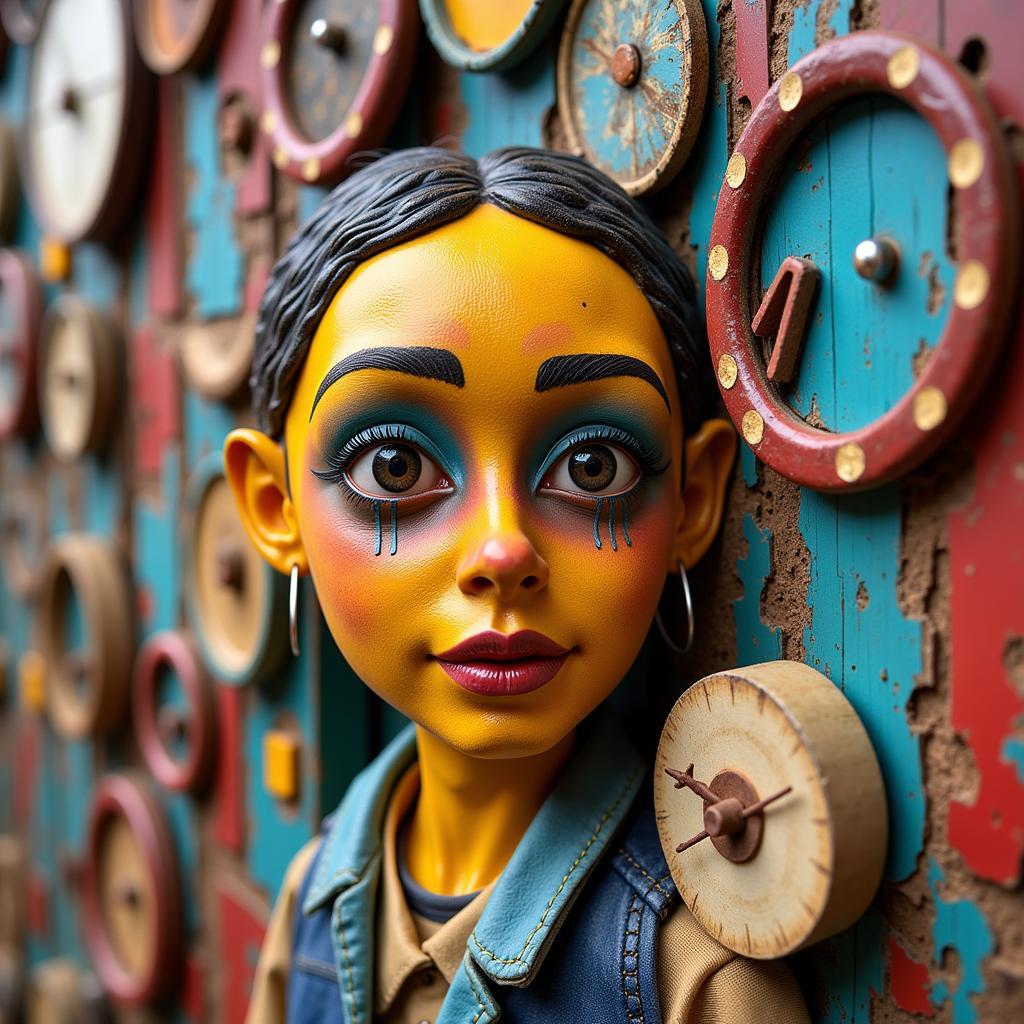Mastering the Art of Charcoal Sticks: A Comprehensive Guide
Charcoal sticks are a versatile and expressive medium that has been beloved by artists for centuries. From quick sketches to detailed portraits, Charcoal Sticks Art offers a unique range of possibilities for artists of all levels. This comprehensive guide will delve into the world of charcoal sticks, exploring their history, techniques, and tips for creating stunning works of art.
A Journey Through Time: The History of Charcoal Sticks Art
The use of charcoal as an art material dates back to prehistoric times. Our ancestors discovered the artistic potential of charred wood, using it to create evocative drawings on cave walls. These early examples of charcoal sticks art, such as those found in the Chauvet Cave in France, demonstrate the enduring power of this simple yet effective medium.
Over the centuries, charcoal sticks continued to be a staple for artists. During the Renaissance, masters like Leonardo da Vinci and Michelangelo utilized charcoal sticks for preliminary sketches and studies, laying the groundwork for their iconic paintings and sculptures.
Understanding Charcoal Sticks: Types and Characteristics
Before diving into the techniques, it’s essential to familiarize yourself with the different types of charcoal sticks available:
-
Vine Charcoal: Made from thin, charred twigs, vine charcoal produces light, delicate lines that are easily erased, making it ideal for sketching and preliminary work.
-
Willow Charcoal: Thicker than vine charcoal, willow charcoal offers a smoother, darker mark, suitable for both sketching and more defined drawings.
-
Compressed Charcoal: As the name suggests, compressed charcoal is made from finely ground charcoal powder compressed into sticks. It creates the darkest and richest blacks, perfect for dramatic effects and bold lines.
Essential Tools for Charcoal Stick Artists
To fully explore the possibilities of charcoal sticks, gather these essential tools:
-
Drawing Paper: Choose a paper with a slightly textured surface, such as drawing paper or sketch paper. The texture will “grab” the charcoal, allowing for smoother application and richer tones.
-
Blending Stumps: These tightly rolled paper sticks are invaluable for blending and smudging charcoal, creating smooth transitions and subtle gradations.
-
Kneaded Eraser: Unlike traditional erasers, kneaded erasers lift away charcoal particles without damaging the paper surface. They can be molded into different shapes for precise erasing.
-
Sandpaper Block: A sandpaper block helps keep your charcoal sticks sharp, ensuring crisp lines and fine details.
-
Fixative: Once your charcoal drawing is complete, use a fixative spray to prevent smudging and preserve your artwork.
Unleashing Your Creativity: Charcoal Sticks Techniques
Mastering a few fundamental techniques will significantly enhance your charcoal stick artistry:
1. Hatching and Cross-Hatching:
- Hatching involves creating parallel lines to build up tone and value.
- Cross-hatching takes it a step further, layering lines in different directions to create depth and texture.
2. Blending and Smudging:
- Utilize blending stumps or your fingers to soften edges, blend values, and create smooth transitions between light and dark areas.
3. Erasing and Lifting:
- The kneaded eraser is your secret weapon for creating highlights, lightening areas, and adding fine details.
4. Layering and Building Depth:
- Gradually layer different charcoal sticks, starting with lighter values and progressively adding darker tones to create dimension and depth.
Tips for Creating Captivating Charcoal Stick Art
-
Embrace the Imperfections: Charcoal is a forgiving medium, so don’t be afraid to experiment and embrace happy accidents.
-
Control Your Pressure: Varying the pressure you apply to the charcoal stick will create a range of line weights and tonal variations.
-
Work from Light to Dark: Begin with lighter values and gradually build up to darker tones. This approach allows for greater control and prevents overworking the drawing.
-
Practice Makes Progress: Like any art form, practice is key. Dedicate regular time to drawing with charcoal sticks, exploring different techniques and subjects.
Conclusion
Charcoal sticks offer a captivating and rewarding artistic journey. By understanding the different types of charcoal, mastering essential techniques, and embracing experimentation, you can unlock the full potential of this timeless medium. So, grab your charcoal sticks, unleash your creativity, and let your artistic vision come to life on paper.
Frequently Asked Questions about Charcoal Sticks Art
1. What is the best paper for charcoal drawing?
Drawing paper or sketch paper with a slightly textured surface is ideal for charcoal drawing. The texture provides grip, allowing for smoother application and richer tones.
2. How do you keep charcoal drawings from smudging?
Once your charcoal drawing is complete, use a fixative spray to protect it from smudging and preserve the artwork.
3. Can you mix different types of charcoal sticks in a drawing?
Absolutely! Experimenting with different charcoal sticks—vine, willow, and compressed—allows you to achieve a wider range of values and textures in your artwork.
4. Is charcoal drawing difficult for beginners?
Charcoal drawing is a great medium for beginners because it’s forgiving and allows for experimentation. Start with basic shapes and techniques, and gradually work your way up to more complex subjects.
5. Where can I find inspiration for charcoal stick drawings?
Inspiration is everywhere! Look to nature, architecture, portraits, and everyday objects as potential subjects for your charcoal stick drawings. Don’t be afraid to experiment and develop your unique style.
Need help with your creative journey? We’re here to assist! Contact our team at 02462573573 or danteum@gmail.com. Visit us at Savico Megamall, 7-9 Đ. Nguyễn Văn Linh, Gia Thụy, Long Biên, Hà Nội 10000, Việt Nam. Our customer support team is available 24/7.
Explore these related articles to further enhance your artistic skills:
- Sketching Art Set: Elevate your sketching game with a curated set of high-quality tools.
- Art Kit Set: Discover the perfect art kit set to unleash your creativity.
- Arts and Crafts Kits for 10 Year Olds: Inspire young artists with engaging and age-appropriate art supplies.
- Drawing of Art Supplies: Immerse yourself in the beauty of art supplies through detailed drawings.
- Arts and Crafts Station: Create the ultimate space for your artistic endeavors with a dedicated arts and crafts station.





